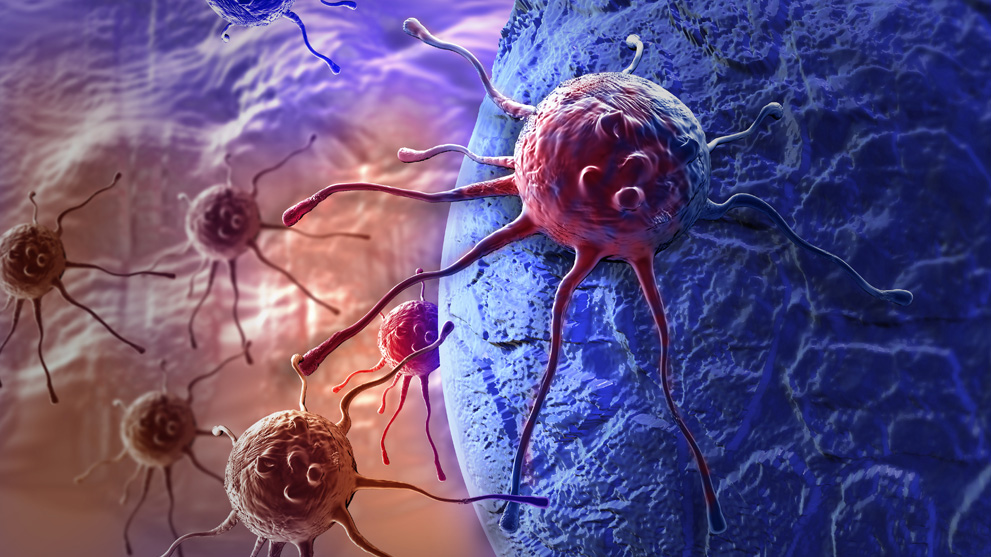
In the 1990s, James Allison and Tasuku Honjo worked with mice to discover important aspects of immunology. Their work at the time was little recognized outside of the research world, but it helped catalyze a medical field that is causing a huge stir only two decades later: cancer immunotherapy. And now they have been honored with the 2018 Nobel Prize in Physiology or Medicine.
Allison and Honjo worked with immune system components (CTLA-4 and PD-1, respectively) that inhibit immune responses. Both are immune checkpoints, important components of the complicated network of immune system checks and balances that make sure that immune responses aren’t too strong. But cancers hijack their functions, using the checkpoints to evade immune detection and destruction.
Working in the early 1990s, Honjo discovered that mice lacking PD-1 developed a lupus-like autoimmune disease, as the immune system attacked tissues they were supposed to ignore. Mice lacking CTLA-4 quickly die from severe autoimmune disease, but in 1996, Allison showed that if CTLA-4 function was blocked in mice with cancer, the immune system would quickly recognize and destroy the cancer cells. Fast forward less than 20 years and cancer immunotherapy had already become an extremely exciting area of cancer medicine. Indeed, therapies that block CTLA-4 and PD1 function in humans had been developed and approved by 2014, and they have led to some impressive successes in cancer patients.
The speed with which Allison and Honjo’s research was translated to clinical progress is impressive. It underscores the value of basic scientific research and the ways in which it can improve medical care. Work is ongoing to further improve patient response and prevent cancer recurrence, but cancer immunotherapies provide patients with hope where there previously was none. And the discoveries that made them possible are worthy of a Nobel Prize.